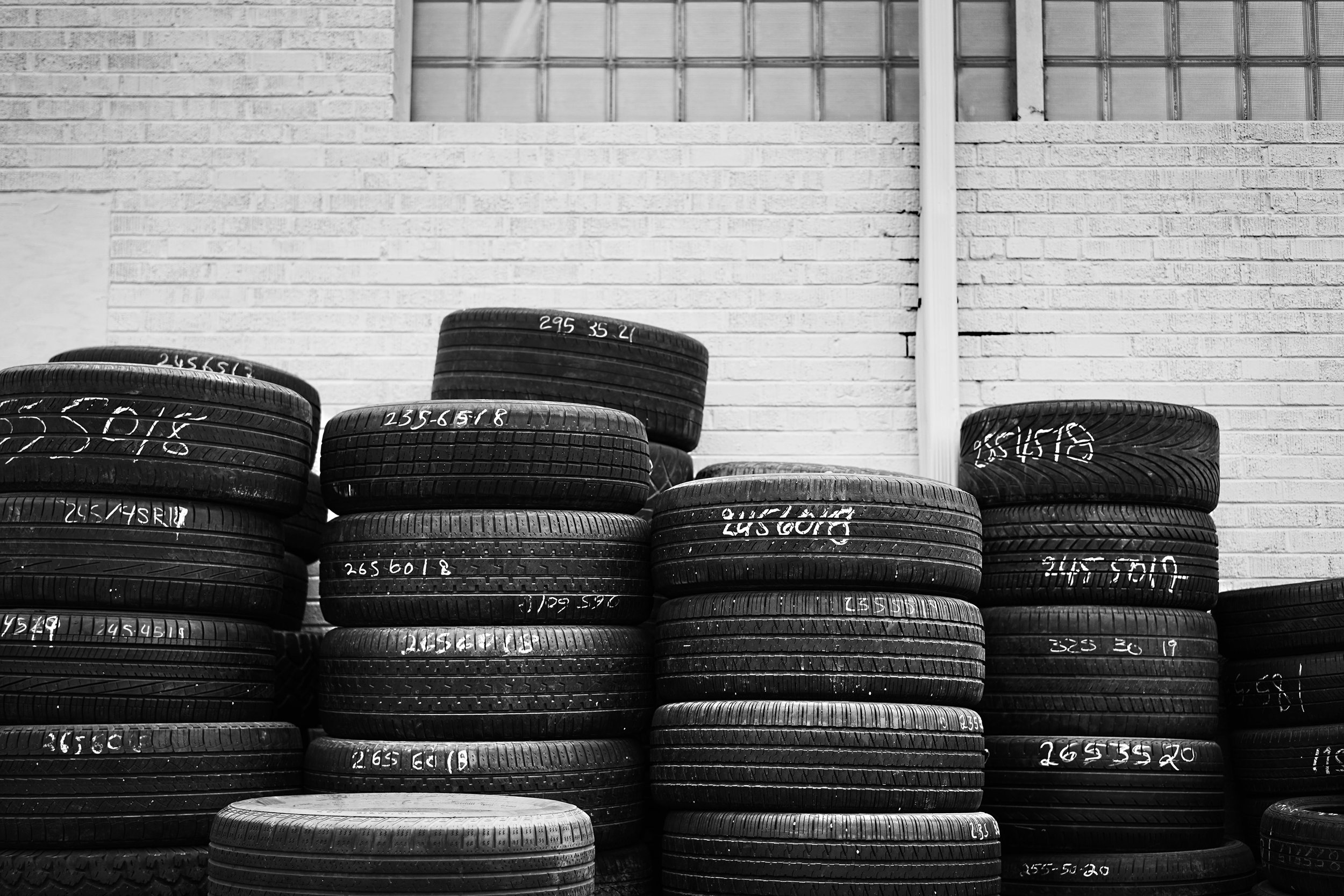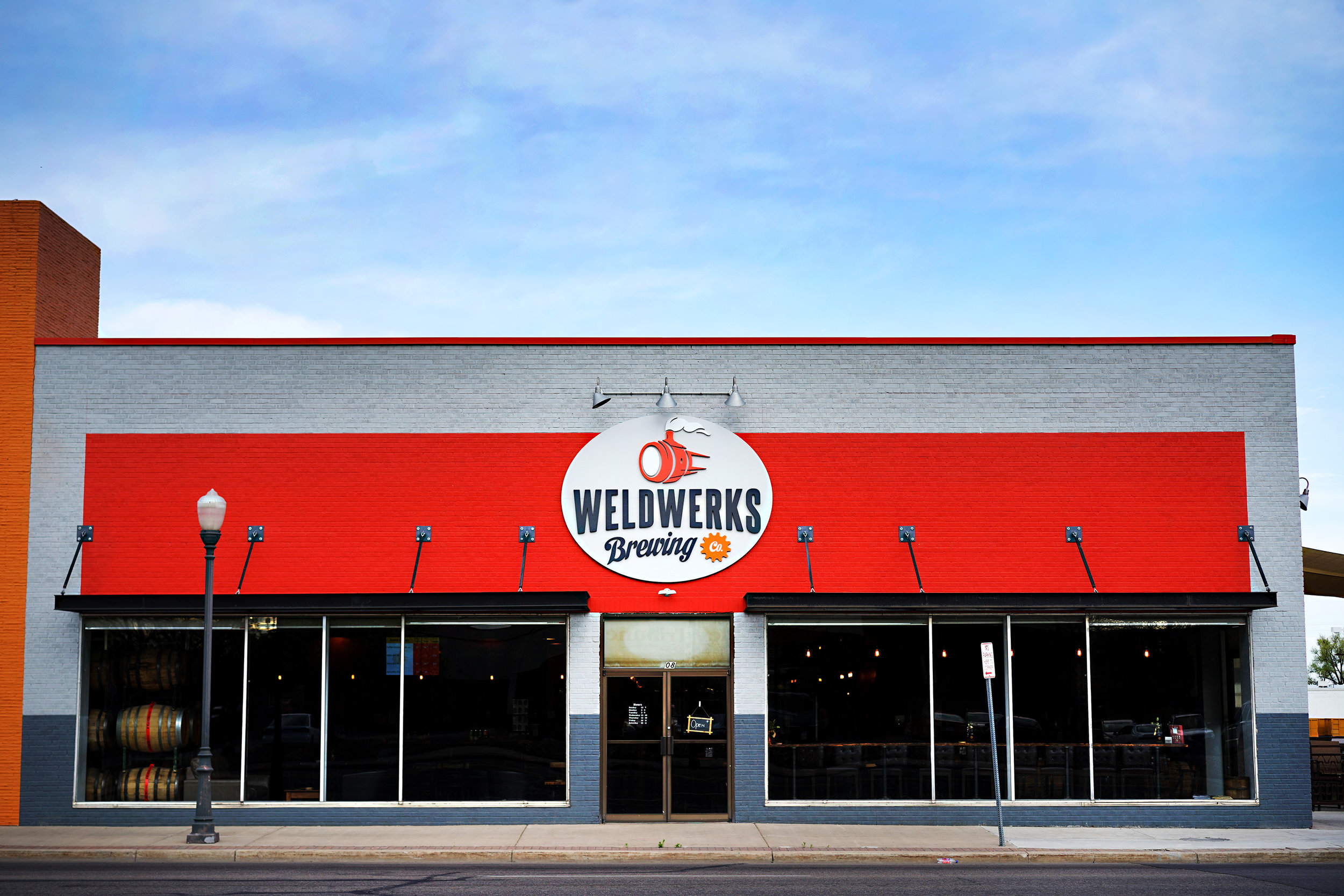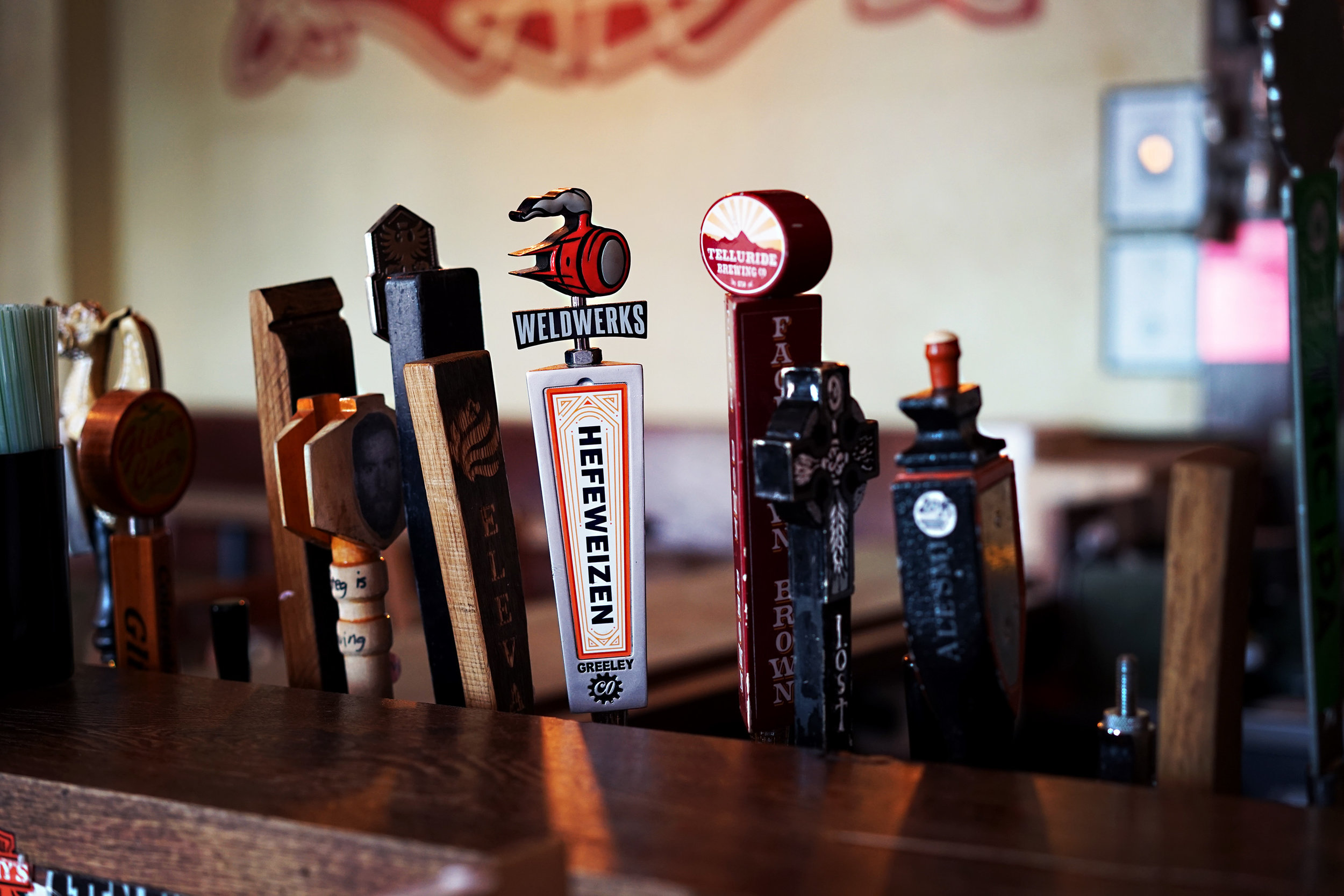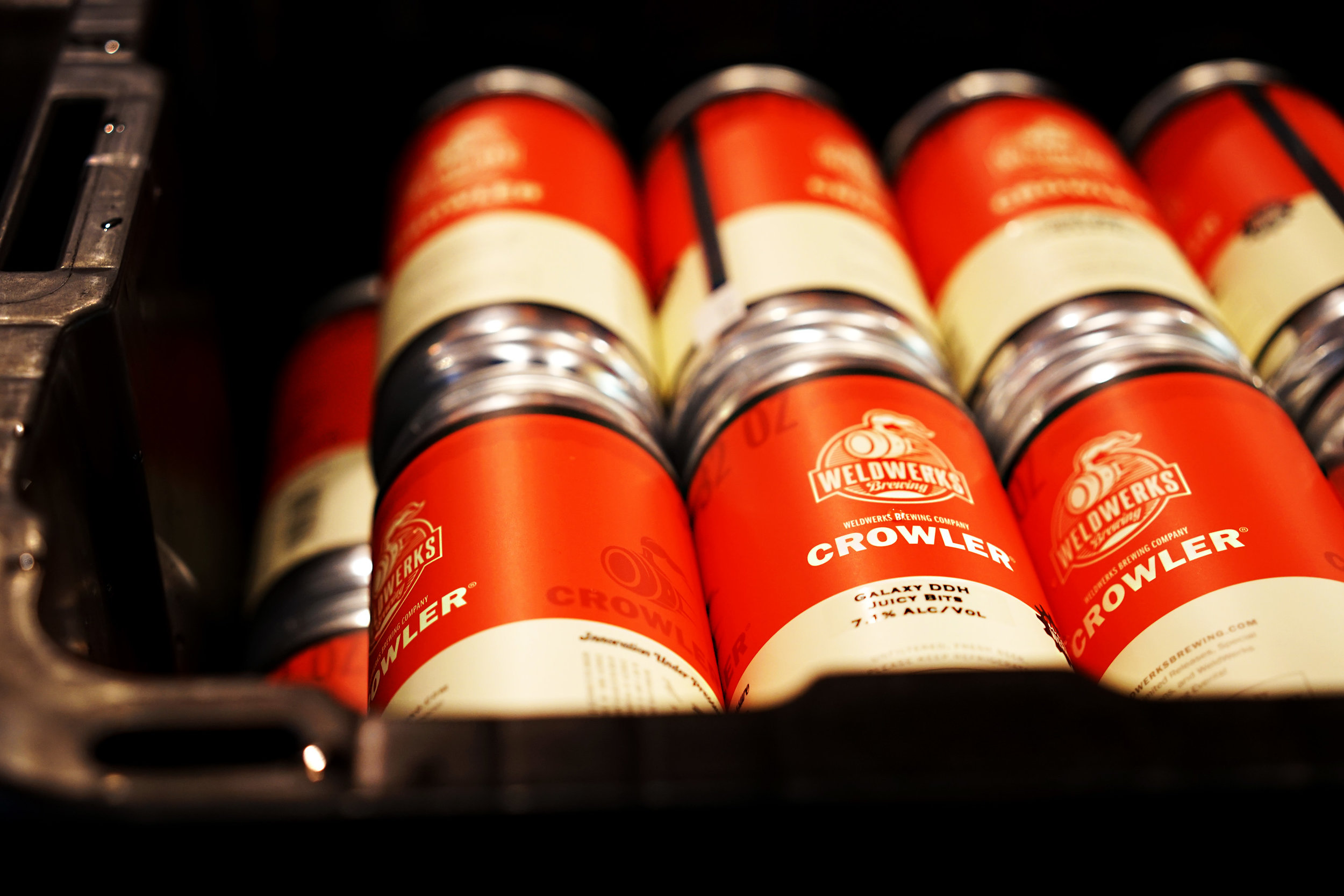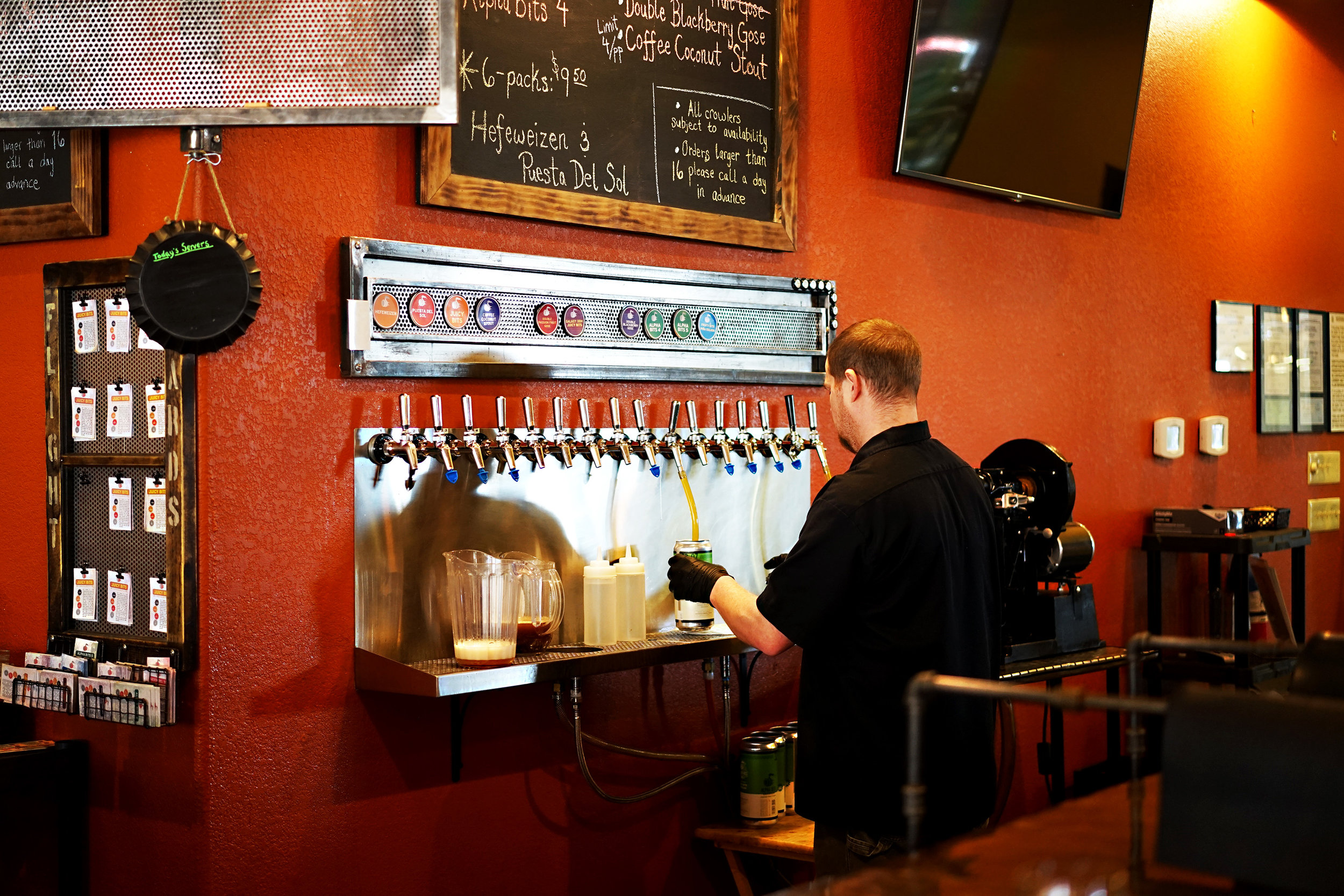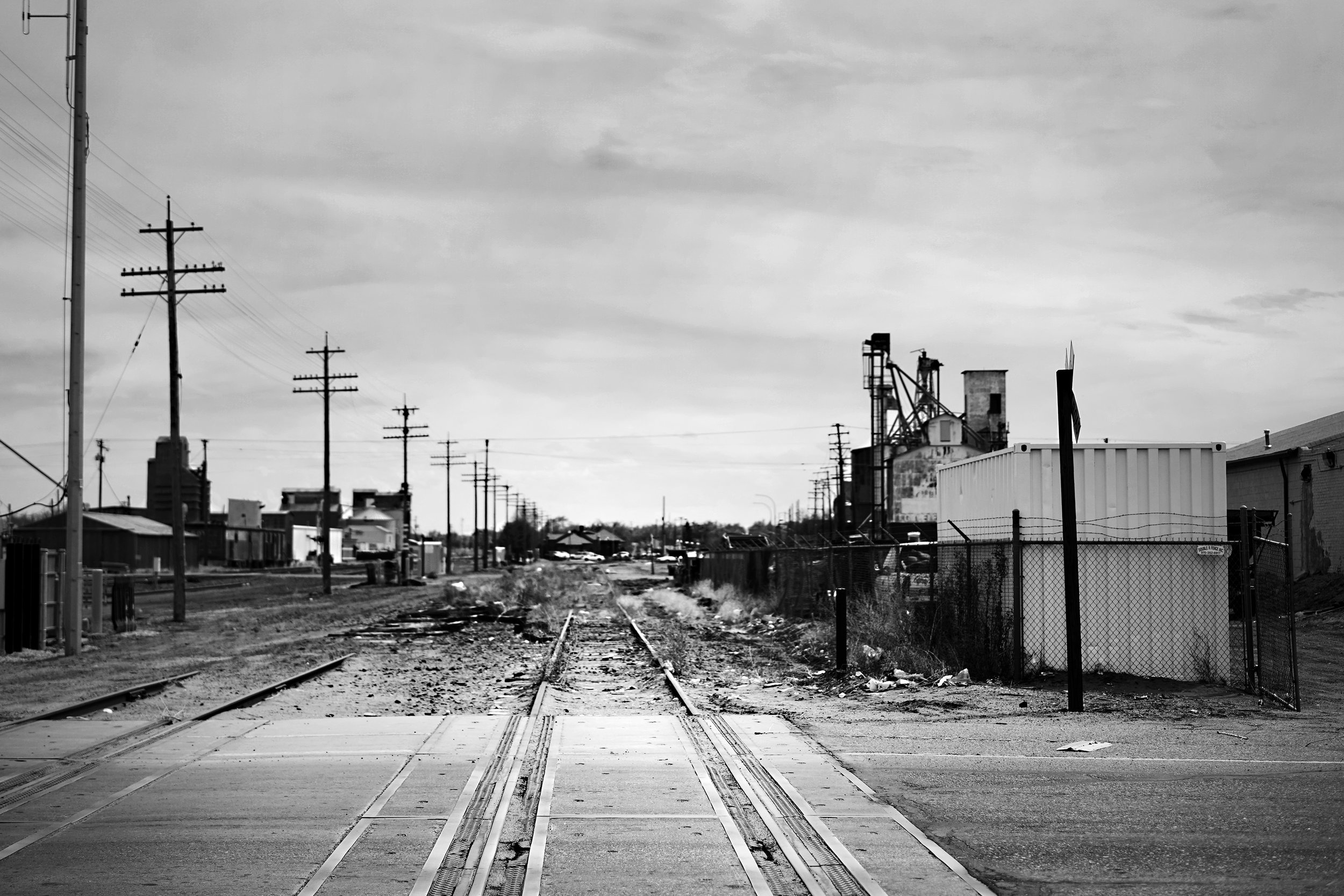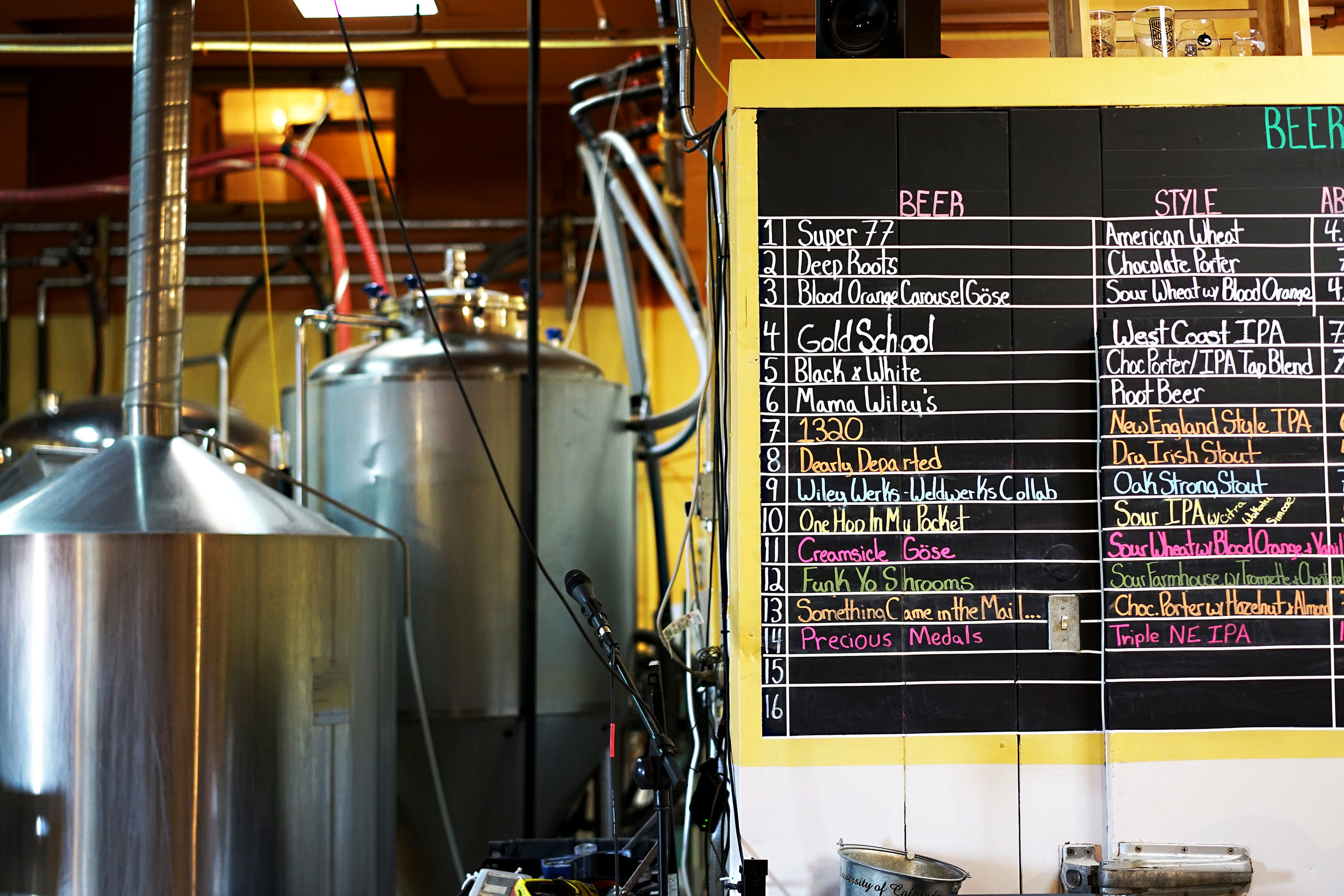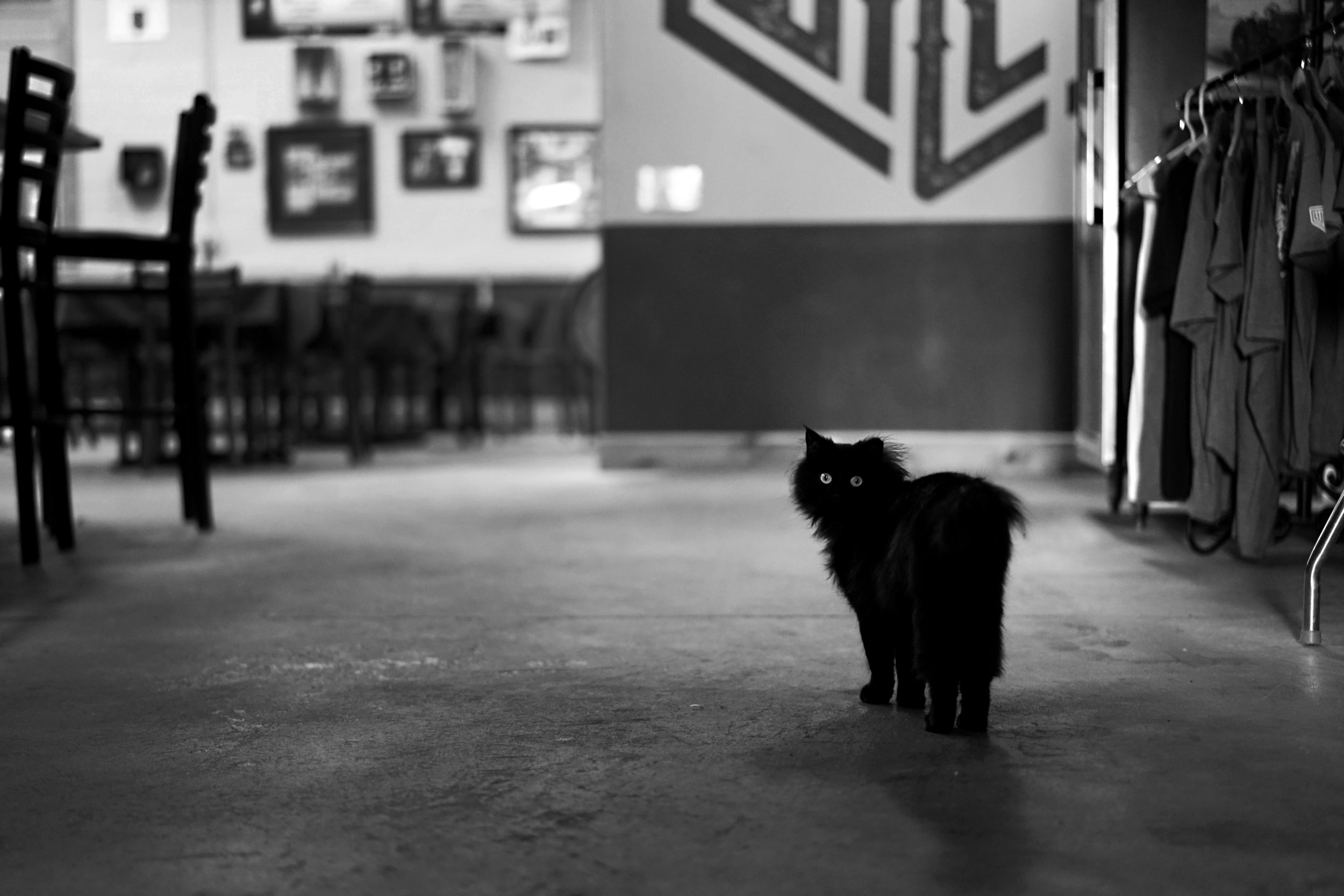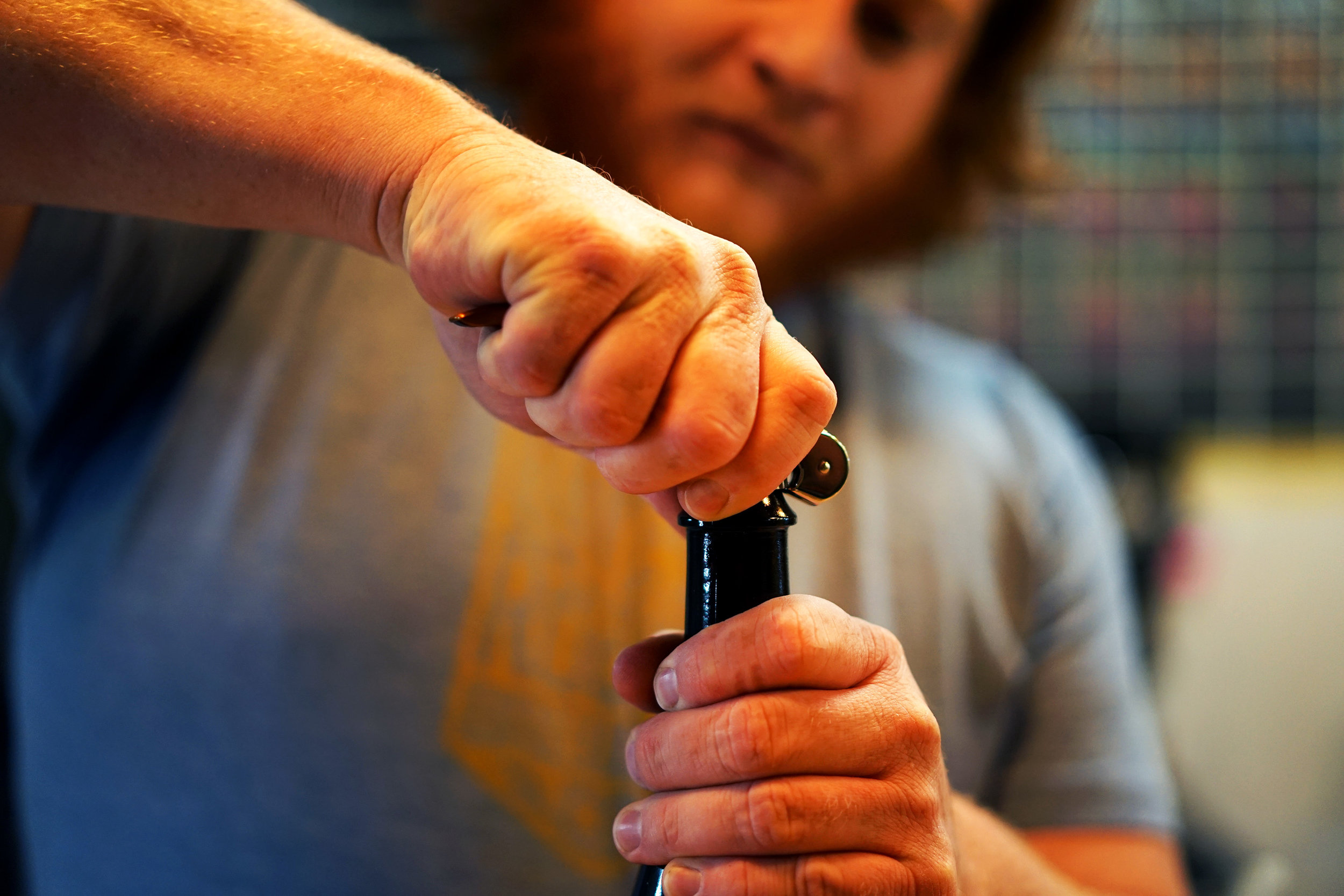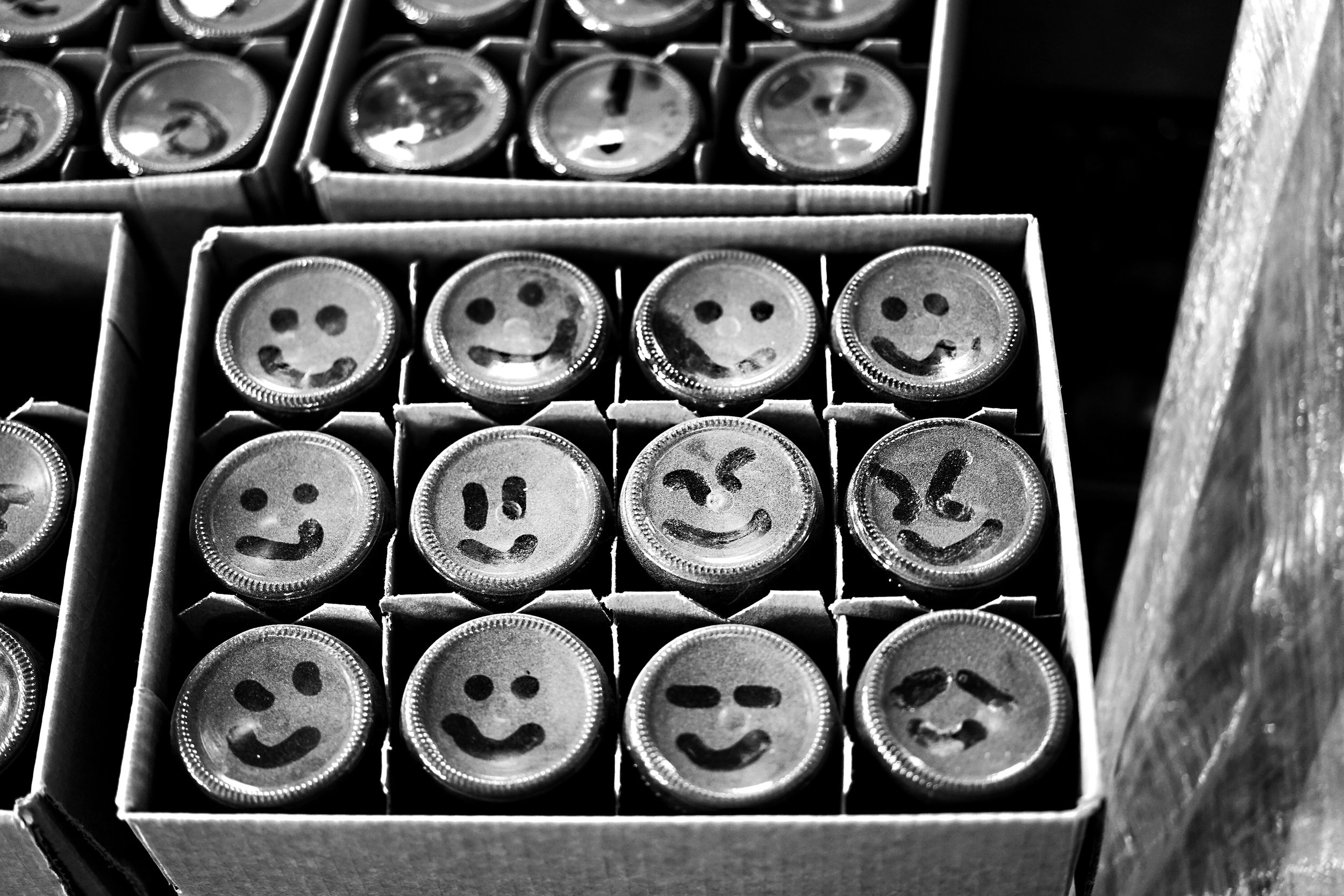“Hyperlocal” is a word we use with increasing frequency within the language of beer. But how do we define it in an age in which there are more than 20,000 breweries globally? By definition, it refers to a small community, but to be “hyper” is also to carry a high amount of energy and intensity. And I believe that energy can transcend what it means to be simply local.
Colorado has spent years perfecting the hyperlocal brewery experience. It has it in spades from bigger cities like Denver to every town that pockmarks the foothills of the Rockies. Such is its prevalence that, in many towns, you don’t have to scratch far beneath the surface to discover a rising sentiment from those within the industry that these hyperlocal markets are overcrowded. Speak with certain folks, and you might be convinced that there’s no room for any more breweries in Colorado at all.
In a medium-sized plains town (population: 104,000) called Greeley in the north of the state, a small, local beer maker called WeldWerks Brewing Company is quietly disproving that sentiment. In fact, it’s doing it so well that it’s commanding hours-long lines for new can releases that sell out day of. And, at three years old, it’s already hanging Great American Beer Festival gold medals on its wall. It’s proof that, even in today’s modern and perhaps overcrowded market, good beer still finds a way.
During the time I’ve spent in Colorado, Fort Collins—an hour’s drive north of Denver—has been my hub. It’s also been the marker for much of my own experience—beer or otherwise—within the Mountain State. After close to a decade’s worth of visits, I realized that my exploration had always taken me south, towards the cities, or west, into the mountains themselves (not to mention some of the beer makers out that way), but never east. I’d never had much motivation to head towards the High Plains and into towns like Greeley.
A few sips of a slinky, mellow, hazy IPA called Juicy Bits from WeldWerks changed all that.
My Uber driver starts chatting the moment I sit down in the back of her car, before I’ve even made myself comfortable for the 30-minute drive east. When I tell her I’m heading to Greeley to visit a brewery, she’s puzzled. “Why would you want to do that? We’ve got plenty of great breweries right here in Fort Collins!” Clearly, she hasn’t had Juicy Bits.
“When Weldwerks came out with their hazy IPAs, and Wiley Roots began pouring their 1320 IPA, we were all ready to be taking those by the crowler to the hills.”
The farther we head away from the foothills, the more dramatic the snowy silhouette of the mountains behind us becomes. Looking east, the plains spread out almost endlessly, the level horizon making it difficult to remember that you’re still up at 5,000 feet. The roads shift toward increasingly pale shades of gray, with more and more cracks appearing in the concrete the farther we travel. Occasionally, we pass through one-block towns with curious names like Severance or Ault—the latter’s only bar marked by a lengthy row of Harley Davidson motorcycles parked out front. My driver comments that it doesn’t look like my sort of place. I silently disagree, but maybe she’s right.
Eventually we hit Greeley itself, the first signs being the railroad leading into town, and the large commercial buildings that indicate that this place was built on the back of industrial-scale agriculture. The town itself is all beiges and grays, with the occasional lick of green from some roadside flora. But suddenly there’s a snap of bright red and orange, a sharp jut of color against the deep blue Colorado sky. This is how you know you’ve arrived at WeldWerks.
“Greeley has historically been a solid blue-collar community with roots in agriculture. That dynamic is changing, but still in progress,” WeldWerks co-founder Colin Jones tells me. “We were told to not bother with an IPA when we opened because no one would order it. That actually proved true early on, as our West Coast IPA was a slower seller than the rest of the lineup, but it continued to grow as people explored the beers.”
Jones and co-founder Neil Fisher, the latter of whom also serves as head brewer, have spent a combined 27 years living in Greeley. This is their home, their community, so building their brewery here was a no-brainer. Of course, the price per square foot is also considerably better value here than in more populous (and popular) nearby towns such as Fort Collins, Boulder, or Loveland. The brewery even takes its name from the local area—Greeley sits at the heart of Weld County, Colorado. The very essence of local is key to this brewery’s core identity.
“We try to give the locals notice for beer releases so they have access to the rarer offerings, while still ensuring the people that are going through the process of seeking us out are able to get what they’re looking for.”
“We were technically the fourth brewery to open here, so a lot of other breweries had already paved the way for us in Greeley, especially our friends over at Wiley Roots,” Jones says. “I remember running into the brewery at 3:30 in the afternoon on a Friday with our Certificate of Occupancy in hand, ink still drying. Nobody knew [we were opening] except the folks working to help us finish out the build, but somehow, by 6pm, there were 75 people in the taproom. It was insane.”
WeldWerks launched in July 2015 and produced just 500 barrels of beer its first year. But they weren’t making the barrel-aged Stouts or double-dry-hopped New England-style IPAs that much of their reputation would eventually rest upon. In fact, a relatively humble Hefeweizen initially put the brewery on the map. Just a few months after WeldWerks first opened its doors to the public, the beer picked up a silver in the American Wheat Beer category at GABF.
“There is no doubt that we’re known for our sexier styles, but we didn’t set out to solely brew them,” WeldWerks Director of Operations Kristin Popcheff says. “Our first offerings were a Hefeweizen, West Coast IPA, Red Ale, and a Coffee Stout. And even with the more innovative beers we release today, our lineup remains dotted with more traditional styles like Hefeweizen, Vienna Lager, and Keller Pils.”
The WeldWerks crew decides to take me on a walking tour of downtown Greeley. They’re aware I spend plenty of time in the Centennial State, and it feels almost as though there’s a quiet determination among them to prove that Greeley has the beer town credentials to match the likes of Boulder or Fort Collins. I also know that they were celebrating hard the night before (Popcheff’s birthday), and I sense that they’re seeking a beer to take the edge off.
Greeley is home to the University of Northern Colorado, and the thriving student population adds a kick of youthful enthusiasm in a town that’s predominantly associated with the oil and agricultural industries. As such, there’s an eclectic mix of drinking dens in town, from blue-collar bars to buzzing student hangouts. We poke our heads into Patrick’s Irish Pub, a favorite spot of the WeldWerks gang. It’s not open yet, but you can’t miss the blazing orange Hefeweizen handle standing proudly at the center of the bar.
“Our town has lagged a little behind the craft beer powerhouse cities, but most of the friction between domestically inclined beer drinkers and our geeky beer offerings had dispersed a few years ago,” Greg Farnsworth, proprietor of Patrick’s, says of the town’s quirky cultural mix. “When Weldwerks came out with their killer hazy IPAs, and Wiley Roots began pouring their 1320 [IPA], we were all ready to be taking those by the crowler to the hills.”
Fast forward three years, and WeldWerks has already increased production tenfold, producing 5,000 barrels in 2017. At last year’s GABF, the WeldWerks crew were getting ready to pour as the festival began to admit the thousands of thirsty attendees into the Denver Convention Center. At first, there were just a few people in line, then a few more, then more still, until the line numbered in the hundreds and stretched back so far you couldn’t tell where it ended.
When the announcement came that their Medianoche Stout—amidst a field of 154 entrants, no less—had claimed gold in the fiercely contested Barrel Aged Imperial Stout category, that long line got a little tense. But it was timid compared to the raw emotion coming from the folks pouring the beer.
“It felt like nothing I had experienced before—it was impossible to contain the amount of pride, shock, and sheer elation that all of us were feeling,” Popcheff says. “We’ve always put more stock in the public’s reception of us than we have in awards and medals, but this one really put us on cloud nine. Having the best judges in the country deem Medianoche the best out of 154 beers gave us an awesome sense of earned validation and accomplishment.”
“Greeley has historically been a blue-collar community with roots in agriculture. We were told to not bother with an IPA when we opened because no one would order it.”
I, too, had succumbed to the hype. After all, it was a couple sips of that Juicy Bits—all peach and apricot wrapped up in a soft, hazy package—that had brought me to the brewery. There, I fell deeper down the rabbit hole, tasting DDH riffs on the same beer. The even-more-intensely-hopped Alpha Bits came at me like a knuckleduster of citrus and pine. Then there was Fruity Bits, which tasted like a Lupulin Pina Colada.
“We spent a lot of time tasting and researching the style before we brewed our own take, but we did not originally set out to produce a New England-style IPA year-round, much less multiple ones,” Fisher says. “After trying a few of the best examples and gaining a better understanding for just how unique the style is, we decided to take a stab at it with no real expectations for how it would do or how long we would continue making it.”
Such was its popularity that Juicy Bits—along with its many variants—became not just a core part of the WeldWerks lineup, but an essential piece of the brewery’s identity. The beer was initially sold by the crowler. As many as 1,200 of the individually filled and sealed 32-oz cans were heading out the door every week, with the brewery eventually moving to the more conventional 16-oz four pack for subsequent releases.
In a modern beer market predominantly built on choice, a brewery—especially one that is both small and primarily serves its local community—would be hard pressed to build its reputation on one beer alone. To call WeldWerks’ offerings multifaceted almost feels like an understatement, though. Fisher and his brewing team manage to excel at seemingly every style they turn their hands to. Beers like the unctuous, molasses- and bourbon-heavy Medianoche are complemented by a tight, snappy Vienna Lager. The Hefe is lemon-bright, soft, and weirdly comforting. The tart complexity of Peach Climacteric—which maintains a rather stunning 4.53 average on Untappd across more than 1,500 ratings—is demonstrative of a sour/wild program that’s quickly proving worthy.
“Avery is probably the brewery most responsible for my obsession with barrel aging beer, as their barrel-aged beer program has been leading the charge for quite some time,” Fisher says. “There are a lot of breweries that have a decent mastery of clean barrel-aged beers, or sour barrel-aged beers, but few that have been able to do both so well as Avery do.”
With a sudden increase in popularity comes a spike in demand, of course. And when you’re only producing a few hundred barrels a year, that’s going to create a certain, perhaps uncomfortable pressure. Often, disappointment follows that pressure. During GABF 2017, 500 bottles of Medianoche were available for sale via an online ticketing system (they sold out in a single second), which created a backlash, even among the brewery’s local supporters. Some fans took to the WeldWerks Facebook page to aggressively voice their frustrations.
“One of our biggest learning curves has been determining how to communicate available and dwindling volume, while dialing-in limits when needed to keep certain styles as accessible as possible,” Popcheff says. “People come from all over, sometimes driving hours for some of our releases, and we truly hate to disappoint. We’re very transparent about our starting volume and availability, and on the day-of, we have the phone handy for calls asking how our stock is holding up. Plus, we keep a running thread of social media posts giving regular updates.”
“There are breweries that have a mastery of clean barrel-aged beers, or sour barrel-aged beers, but few that have been able to do both so well as Avery.”
Despite the challenge, Popcheff and her co-workers still maintain that nothing beats the feeling of seeing a large crowd gathered outside their brewery to pick up the latest release. Although beers like Juicy Bits and Medianoche are limited, the hype these beers create has been an important marker for WeldWerks as it’s attempted to push its nose ahead of the crowd in a busy market. In fact this hype could have injected the Colorado beer scene with the kind of energy it may have been lacking compared to other parts of the country, as beer journalist and proprietor of beer-focused public relations cooperative Radcraft, Emily Hutto, explains.
“Beer consumer hype naturally gravitates toward popular beer styles,” she says. “Colorado has long been a malt state. Its beer brands have stood the test of time producing a lot of crisp, malt-forward beer styles. Beers like WeldWerks’ Juicy Bits are a relatively fresh revolution for a lot of consumers here who otherwise didn't think they liked hoppy beers.”
Our walking tour of downtown Greeley eventually brings us back to WeldWerks, but we don’t stop just yet, instead Jones leads us into a building adjacent to the brewery. Inside, the air is rife with dust and smoke, and the sounds and smells of grinders slicing into metal gnaws at my senses. The result of all this work will be the brewery’s next expansion.
Jones announces we’re going to visit some nearby friends, and that to get there, we have to walk the railroad line. I nervously tail Jones, his wife Melissa (the brewery’s Beer Evangelist), and Director of Sales and Distribution Jake Goodman, with a bottle of Peach Climacteric in hand. Strolling between the thick steel rails, my anxious Britishisms begin to kick in.
Not only is it illegal to trespass on railroads in the United Kingdom, but where I come from, the tracks are also electrified. In the back of my mind, I’m considering how I’m one step away from—admittedly, imaginary, but still—death by 1,000 volts. IRL, we calmly stroll the line in the late afternoon sunshine and past colossal old buildings of the agricultural industry, which stand pale and fortress-like. Eventually, we arrive at the door of WeldWerks’ neighboring brewery, Wiley Roots.
Where WeldWerks is bright, airy, and spacious, the taproom and brewery at Wiley Roots is cozy and compact. Or at least it feels that way, until Kyle Carbaugh—who founded the brewery with his wife Miranda in 2009—leads us through a door and into the spacious warehouse at the rear. Here, barrels full of maturing beer are stacked high. There’s even a disco ball hanging from the ceiling, installed, as Carbaugh jokes, to add a little extra funk to his beers.
“The beer scene in Greeley is a bit of a dichotomy. You’ve got your macro light Lager bars and drinkers, and you’ve got people seeking out the highest quality beers in the market,” Carbaugh says. “Greeley is staking a claim on the Colorado beer map through the efforts of us and Weldwerks, but also through the other breweries, bars and restaurants within the city that are driving a consistent and tenacious focus towards high quality craft beer.”
He grabs a bottle of his Pua Aloalo hibiscus and vanilla barrel-aged sour from the warehouse, making sure that the resident brewery cat, Midnight, doesn’t get stuck there as we head back into the taproom. The wax is cracked on the Climacteric, a corkscrew is driven beyond the lip of the Pua Aloalo, and the sound of clinking glasses fills the air. Soon, beers are being shared amongst what feels like old friends. Where I’ve experienced shreds of creeping animosity in some of the more brewery-heavy mountain towns, there’s not an iota of that here. Midnight stands sentry until the bottles are empty. In a town like Greeley, Weldwerks and Wiley Roots are united by common goals.
“The characters we see in the taproom on Wednesdays and Thursdays are definitely different from the Friday, Saturday, and Sunday crowds,” Carbaugh says. “Most of the locals are proud to call us their hometown breweries, while others see the influx of out-of-towners as a temporary thing. We try to give the locals as much notice for beer releases so they have access to the rarer offerings, while still ensuring the people that are going through the process of seeking us out are able to get what they’re looking for as well.”
By the time we get back to Weldwerks, it’s late afternoon. The taproom is already buzzing as customers begin to stream in for the day. The regulars have their gameplan—they take a seat at the bar and pick up their new release, stacking them high on the bar before ordering themselves a few pours. In three short years, it feels as though WeldWerks has settled into a groove that provides universal appeal for locals and out-of-towners alike. Perhaps this is the essence of what it means to be a hyperlocal brewery in 2018.
Of course, this groove didn’t just fall from the sky.
“It was a rough road getting to this point,” Jones admits. “We have a dedicated team of professionals that put their blood, sweat, and tears into this brewery every day—and each one made sacrifices to get us where we are. We’ve all limped along pay-wise so the brewery can continue to reinvest in more equipment and capacity.”
The next chapter in Weldwerks’ short history is looking bright, however. The investment in the brewery’s expansion will not simply allow them to produce more beer and meet growing demand. Selling more beer means a better wage for its staff, along with 100% company-paid health insurance and paid time off—benefits that the craft beer industry is often scrutinized for not being able to provide. Ensuring its best people have good reason to stick around is key to WeldWerks’ continued growth.
Speaking of which, summer 2018 will feature the first annual WeldWerks Invitational Festival, all proceeds from which will go towards several local charities, including the Immigrant and Refugee Centre of Northern Colorado. More than 1,600 attendees will get to experience plenty of local delights, including beers from WeldWerks itself and their friends at Wiley Roots. The likes of Cerebral and TRVE Brewing will head up from Denver, Casey Brewing & Blending will head down from the mountains. There will also be plenty of exciting beers from out of state, with folks like Jester King and The Veil slated to pour.
It feels almost like there hasn’t been a dull moment in this young brewery’s three-year history. This crew has become one of Colorado’s—and, more importantly to them, one of Weld County’s—most important breweries. And who knows? Maybe they’re only just getting started.
“We estimate we’ll brew 100 different beers throughout 2018,” Jones says. “We aren’t anywhere close to slowing down.”


